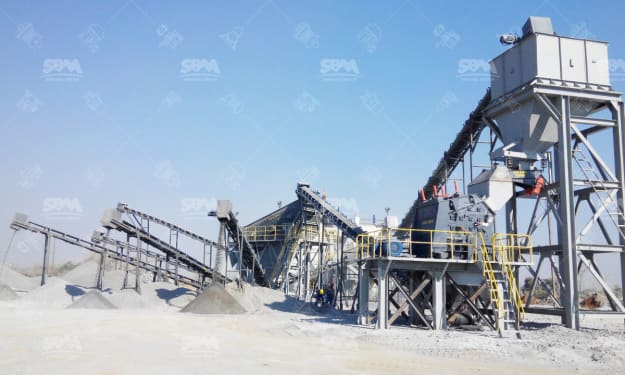Product Removal and Sustainability
Product Removal

In recent years, the global focus on sustainability has intensified, leading to an increased emphasis on responsible production and consumption practices. As consumers become more conscious of the environmental impact of their choices, companies are being held accountable for the entire lifecycle of their products. One crucial aspect of sustainability that often goes unnoticed is product removal or disposal.
Proper management of product removal not only ensures the minimization of environmental harm but also contributes to the creation of a circular economy. In this article, we delve into the significance of product removal in achieving sustainability goals and explore strategies for its effective implementation.
1. The Environmental Impact of Product Removal:
When a product reaches the end of its useful life, the way it is removed from circulation has a profound impact on the environment. Traditional disposal methods, such as landfilling or incineration, contribute to pollution, waste generation, and the depletion of natural resources. Toxic substances present in certain products can seep into the soil and water, harming ecosystems and human health. Additionally, the carbon emissions resulting from inefficient removal practices further exacerbate climate change. By prioritizing sustainable product removal, we can minimize these negative effects and work towards a more environmentally friendly future.
2. The Role of Extended Producer Responsibility (EPR):
One effective strategy for promoting product removal is the implementation of Extended Producer Responsibility (EPR) programs. Under an EPR framework, producers are held responsible for the entire lifecycle of their products, including their eventual disposal. This approach encourages companies to design products with end-of-life considerations in mind, leading to better recyclability, reduced waste, and improved resource management. EPR programs also incentivize the development of take-back and recycling systems, allowing materials to be reintegrated into the production process, thus reducing the need for raw materials extraction.
3. Reverse Logistics and Product Take-Back:
Reverse logistics refers to the process of managing the flow of products from the consumer back to the manufacturer or appropriate disposal facilities. Establishing efficient reverse logistics systems is crucial for sustainable waste management. Companies can encourage customers to return products by offering take-back programs, providing incentives, or creating convenient drop-off locations. By reclaiming products at the end of their lifecycle, companies can extract valuable materials, reduce waste, and ensure proper disposal or recycling. Embracing technology and digital platforms can further streamline reverse logistics, making it more accessible and efficient for all stakeholders involved.
4. Collaboration and Partnerships:
Achieving sustainable product removal requires collaboration among various stakeholders, including producers, consumers, governments, and recycling facilities. Partnerships between companies and waste management organizations can facilitate the development of infrastructure for proper product destruction and recycling. Governments can play a crucial role by implementing regulations and incentivizing sustainable practices. Moreover, consumer education and awareness campaigns can foster behavioral changes, encouraging responsible disposal and promoting the benefits of sustainable product removal.
5. Circular Economy: From Removal to Reuse:
Sustainable product removal is an integral part of the larger concept of a circular economy. By adopting circular principles, companies aim to minimize waste, extend product lifecycles, and promote resource efficiency. Product removal becomes a catalyst for reuse, refurbishment, and remanufacturing. Through innovative approaches such as product leasing, subscription models, or product-as-a-service initiatives, companies can create incentives for customers to return products, enabling them to be repaired, repurposed, or recycled.
Product removal is an essential aspect of sustainability that often receives inadequate attention. By focusing on responsible and efficient product removal practices, companies can significantly reduce their environmental impact, conserve resources, and contribute to the transition to a circular economy. Extended Producer Responsibility, reverse logistics, collaboration, and circular economy principles all play pivotal roles in achieving sustainable product removal. Embracing these strategies not only benefits the environment but also presents opportunities for innovation, cost savings, and improved brand reputation. Let us commit to the journey towards a greener future by recognizing the importance of product removal in our sustainability efforts





Comments
There are no comments for this story
Be the first to respond and start the conversation.